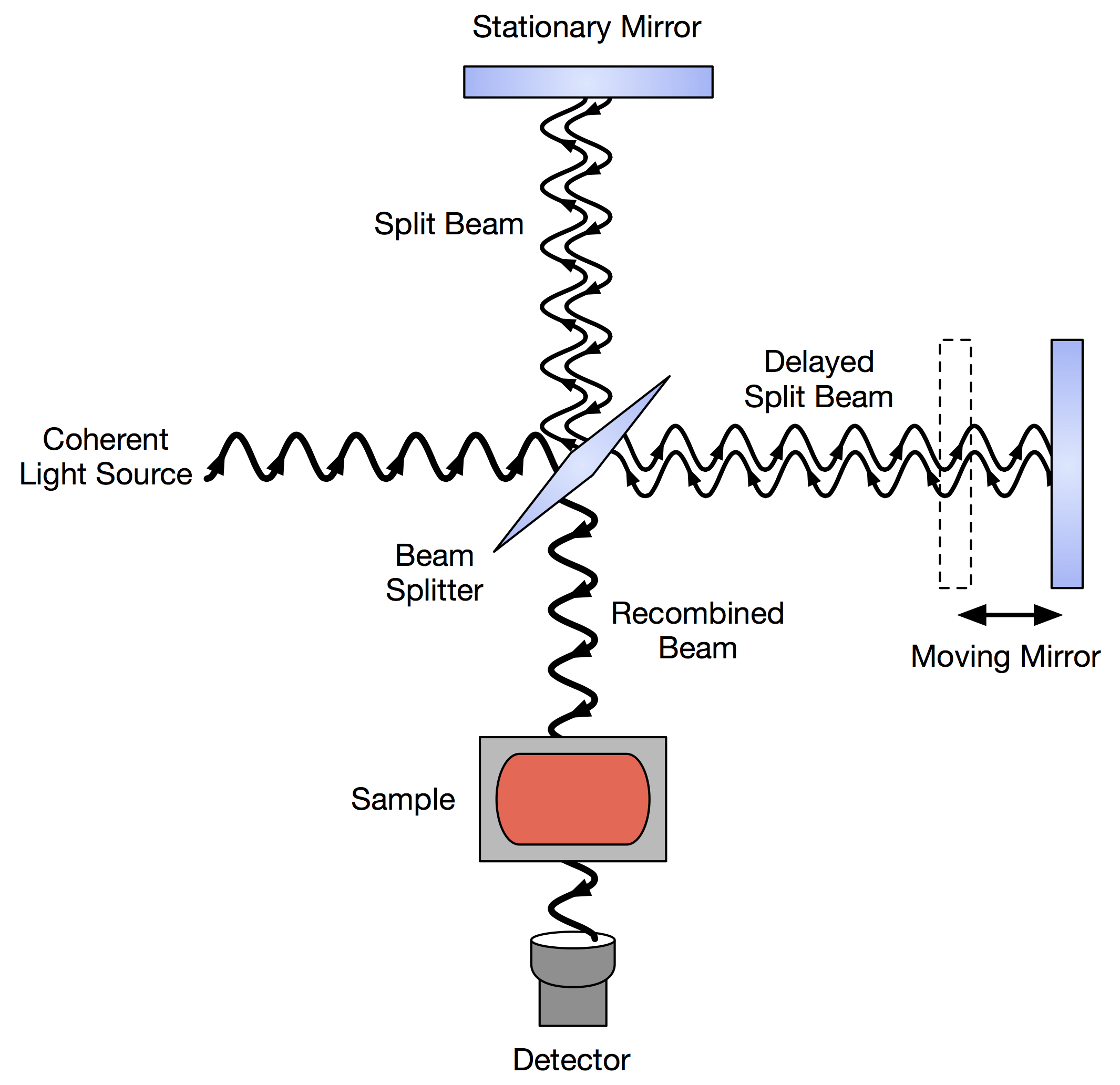Glycoprotein Fourier Transform Infrared Analysis Service
Fourier Transform Infrared (FTIR) spectroscopy is a powerful label-free technique that captures the vibrational fingerprints of molecules to assess their structural properties. In the field of glycoprotein research, FTIR is particularly effective in evaluating secondary structures, detecting conformational shifts, and monitoring protein-environment interactions. Compared to mass spectrometry and NMR, FTIR offers faster analysis speed, minimal sample preparation, and broad adaptability. It is widely used for structure-function correlation, quality assessment, and early-stage screening of glycoproteins under different physiological or formulation conditions.
MtoZ Biolabs provides professional Glycoprotein Fourier Transform Infrared Analysis Service based on advanced FTIR instrumentation and chemometric algorithms, enabling researchers to obtain accurate insights into glycoprotein conformational states, stability, and structural transitions.
Technical Principles
Glycoprotein Fourier Transform Infrared analysis is based on the absorption of infrared radiation by molecular vibrations, particularly the amide bonds within protein backbones. The amide I band (1600–1700 cm⁻¹), arising primarily from C=O stretching, and the amide II band (1500–1600 cm⁻¹), mainly from C–N stretching and N–H bending, are key spectral regions for secondary structure analysis. Different secondary structure types, such as α-helices, β-sheets, and random coils, exhibit distinct absorption patterns in these bands due to their unique hydrogen bonding arrangements.
FTIR spectra are collected using KBr or CaF₂ transmission windows. Glycoprotein samples can be analyzed in both native and deglycosylated forms, allowing for comparative conformational evaluation. Subsequent chemometric processing, including second-derivative transformation, PCA, and curve-fitting algorithms, enables quantification of structural components and detection of subtle structural shifts.

Fonte: Wikipédia. 2010.
Figure 1. Principle of FTIR Spectrometer
Analysis Workflow
Our workflow is optimized for accurate spectral acquisition and structural interpretation:
1. Sample Preparation
Glycoproteins are solubilized in deuterated buffer and loaded on appropriate IR-transparent windows. Optional deglycosylation can be performed using PNGase F or chemical treatment.
2. FTIR Data Acquisition
Infrared spectra are collected across the mid-infrared region with high signal-to-noise ratio. The amide I region is targeted for structure deconvolution.
3. Data Processing and Structure Fitting
Spectral preprocessing (baseline correction, normalization) is followed by second derivative analysis, PCA, and multi-peak fitting to resolve overlapping signals. Structural ratios of α-helix, β-sheet, β-turn, and random coil are estimated.
4. Optional Comparative Analysis
When provided, we perform comparative studies between glycosylated and deglycosylated samples to assess glycan-related conformational impact.
5. Data Visualization and Reporting
All results are visualized as structural bar charts, PCA plots, and spectral overlays to support interpretability.
Why Choose MtoZ Biolabs?
✅ High-throughput and Non-destructive: FTIR provides rapid analysis without the need for labeling, preserving sample integrity and allowing multiple scans under different conditions.
✅ Quantitative Secondary Structure Profiling: We deliver precise structural composition (e.g., % α-helix, % β-sheet), enabling robust comparison across samples or treatments.
✅ Comparative Structural Assessment: Our platform allows optional deglycosylation treatment to isolate the structural impact of glycosylation on protein folding or aggregation.
✅ Customizable Data Outputs: From basic spectra to in-depth structural deconvolution and principal component analysis, deliverables are tailored to meet both research and regulatory needs.
✅ Expert Analytical Support: MtoZ Biolabs provides professional technical consultation and project-specific optimization to ensure data quality and biological relevance
Sample Submission Suggestions
The Glycoprotein Fourier Transform Infrared Analysis Service is suitable for various glycoprotein types, including recombinant glycoproteins, natural glycoproteins, fusion proteins, and post-translationally modified proteins. We also support analysis of glycoproteins from biological samples such as blood, serum, urine, cell lysates, and tissue homogenates, suitable for both basic research and biopharmaceutical development applications.
We recommend avoiding buffers containing high IR-absorbing components like Tris, glycerol, or high salt. Volatile or weakly absorbing buffers are preferable. For special sample types, please contact us for customized treatment recommendations and detailed submission guidelines.
Applications
● Conformational Screening and Mutant Analysis: Comparing conformational differences across various expression systems, variants, or mutation sites.
● Glycosylation-related Conformational Evaluation: Studying the impact of glycan structures on secondary protein structures by comparing spectra before and after deglycosylation.
● Mechanistic Studies of Ligand or Drug Binding: Analyzing conformational changes induced by ligand or drug binding, providing structural evidence for mechanistic studies.
● Thermal Stability, pH Response, and Environmental Stress Analysis: Monitoring the effects of environmental conditions like temperature and pH on protein conformation and stability.
MtoZ Biolabs specializes in providing systematic and reproducible glycoprotein structural evaluation solutions. Our Glycoprotein Fourier Transform Infrared Analysis Service is ideal for early-stage screening and also serves as a critical component in multi-omics structural research strategies. Contact us for customized service plans and technical support to help advance your structural research and biologics development.
FAQ
Q1: Can FTIR be directly applied to complex biological samples?
FTIR can be used for a variety of samples, but water, high salt, or strongly absorbing components in complex matrices may interfere with the spectra. We recommend sample preprocessing or consulting with our technical team for customized solutions to ensure data quality.
Q2: Can FTIR identify glycan structural information?
FTIR primarily evaluates the conformational changes of protein backbones and does not directly resolve detailed glycan structures. However, by comparing spectra before and after deglycosylation, it can indirectly reflect the impact of glycosylation on protein structure. For more detailed glycan analysis, we recommend our Glycan Structure Analysis service.
Related Services
Glycoprotein Structure Analysis Services
Protein Secondary Structure Analysis Service
Glycoprotein Circular Dichroism (CD) Analysis Service
X-Ray Crystallography Protein Structure Determination Service
Glycoprotein Differential Scanning Calorimetry Analysis Service
How to order?







